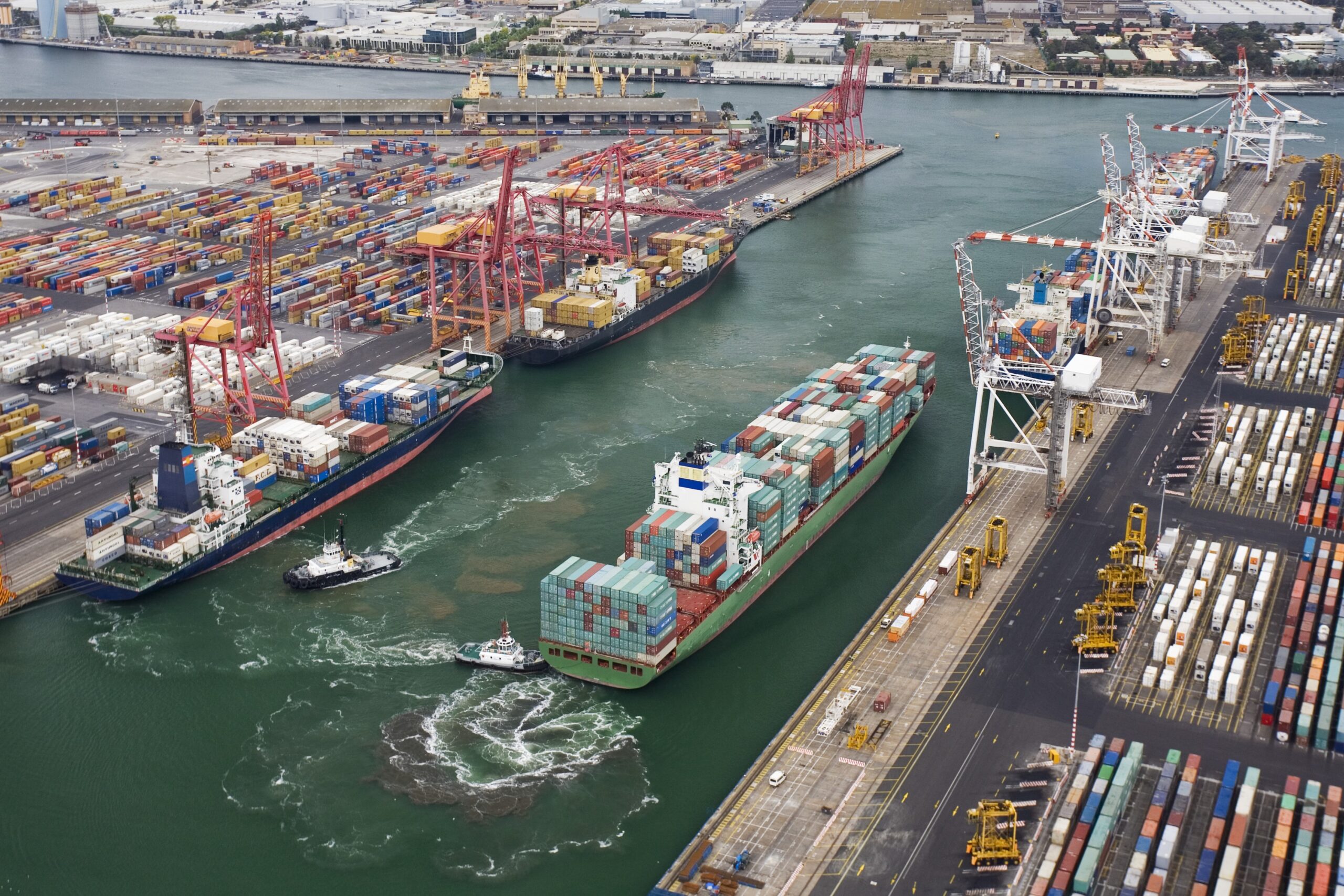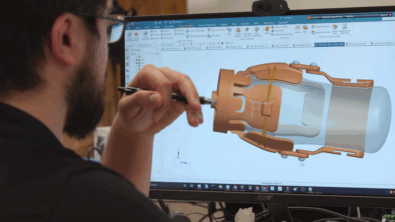Marine STS – The Need for Integrated Simulation in Ship Design – Summary

The third episode of the Marine Industry Podcast Series’ exploration of STS in the marine industry has been released, led again by Jan van Os, Vice President of the Marine Industry for Siemens Digital Industries Software, and Dejan Radosavljevic, Director of the Marine Industry at the simulation and test segment of Siemens Digital Industries Software. In this episode, Jan and Dejan reiterate the role simulation will play in future ship design, stating why that simulation must be integrated rather than isolated, and the importance of classification societies and a standardized format of data exchange in carrying out this transformation.
The necessity of simulation
As discussed in previous episodes, according to Jan and Dejan, the biggest challenge in the marine industry is the transition to sustainability and meeting the requirements of the International Maritime Organization (IMO). Ships are complex products and adding new sustainable technologies will only make them more complex. Not only that, but Jan states that there are over a hundred thousand vessels active in the industry currently, so retrofitting or replacing every one of them with complicated, sustainable designs is going to be a colossal task.
Simulation, therefore, will play a crucial role in implementing sustainable ship design. With simulation, engineers would be able to run their designs through multiple loops of virtual tests. This would help them find the most optimal designs that align with sustainability goals, and accomplish this much faster than physical testing. Transitioning the marine industry to become more sustainable would still be a challenging objective, but simulation can make navigating it easier.
Integrated, not isolated
Despite its immediate benefits, simulation in isolation will not be enough, according to Jan and Dejan. The digital transformation of ship design includes other crucial aspects other than simulation, such as computer-aided design (CAD) and data management systems. If companies want to receive the full benefits from their simulation capabilities, they must also ensure their simulations are flawlessly integrated with the rest of their digital tools and processes.
Such an integrated digital environment would help manage the immense complexity of ship designs. For example, when designing a new ship or new parts for a ship, engineers might have thousands of options to choose from, and they will need to select the best one. With designs that contain significant amounts of data, simulations would need to be properly integrated with data management systems to ensure engineers are able to determine the optimal design.
Carrying out the transformation
Bringing the marine industry’s digital transformation into reality will be difficult, but Jan and Dejan see classification societies as suitable leaders for the transition. Classification societies have historically been the technological leaders of the industry, according to Dejan, and can set an example of how things should be done. As the old approval plans based on drawings are unable to keep up with today’s challenges and requirements, classification societies can help develop new approval plans that rely on virtual models and simulations.
Another way to assist the marine industry’s digital transformation is establishing a standardized format of data exchange. The transition to both sustainability and digitalization will require much effort from multiple organizations, including shipyards, suppliers, classification societies, and more. Still, these organizations are too often siloed from each other. These siloes are detrimental to ensuring these transitions are efficient and successful, and creating a format of data exchange that can be shared industry-wide can help break those siloes down.
A future worth working toward
There is little doubt that simulation will play a vital role in future ship design, especially regarding sustainability. However, if companies want to get the most out of simulation and ensure the success of sustainable ship design, their simulation must be integrated with the rest of their digital processes. When aligned with the efforts of classification societies and the establishment of a standardized format of data exchange, implementing integrated simulation can bring the marine industry into a new era.
Be sure to check out the full episode or read the transcript.
Siemens Digital Industries Software helps organizations of all sizes digitally transform using software, hardware and services from the Siemens Xcelerator business platform. Siemens’ software and the comprehensive digital twin enable companies to optimize their design, engineering and manufacturing processes to turn today’s ideas into the sustainable products of the future. From chips to entire systems, from product to process, across all industries. Siemens Digital Industries Software – Accelerating transformation.


